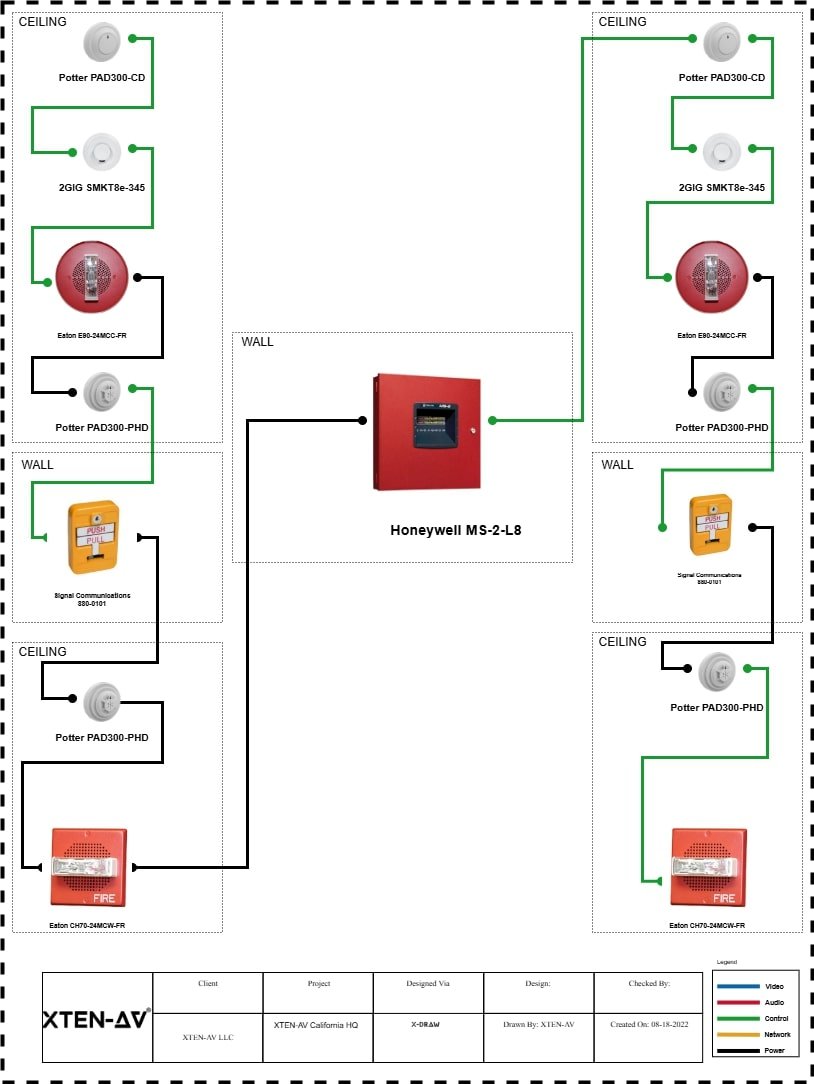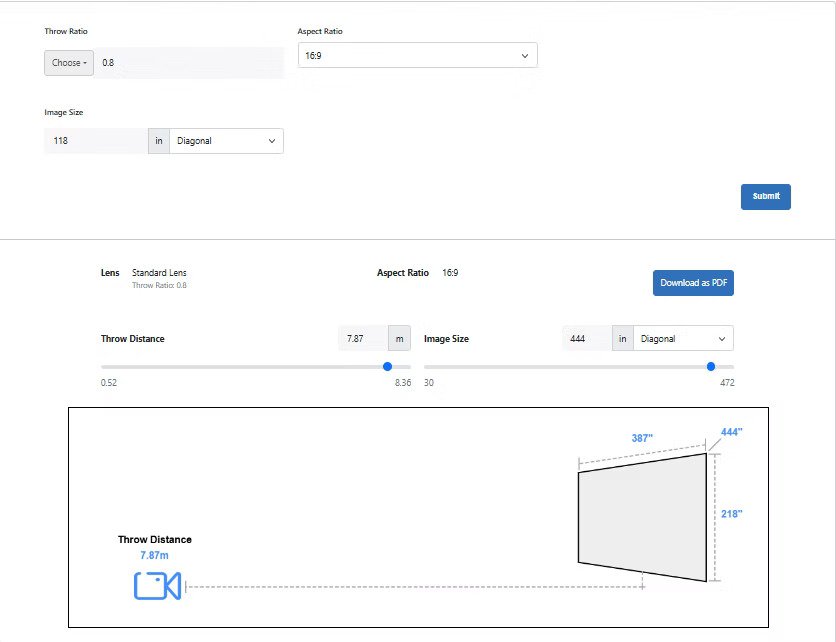In 2025, agility is everything. Whether it’s a smart parking trial in Mumbai or a cold chain monitoring system rolling down highways in Texas, the ability to scale quickly and pivot freely is no longer optional — it’s essential. That’s exactly why IoT prepaid SIM cards are becoming the go-to choice for developers, solution architects, and field teams working under pressure to launch fast, test faster, and expand without friction.
The move from rigid postpaid telecom contracts to flexible prepaid connectivity isn’t just about saving money — it’s about enabling experimentation, minimizing risk, and reacting to real-time field insights without contractual baggage.
Why Scalability Depends on Flexibilit
Scaling an IoT deployment isn’t just a matter of turning on more devices. Real-world conditions introduce unexpected complexities:
- Devices are deployed in remote or mixed network environments
- Teams run short-term pilots before moving into full-scale rollouts
- Roaming fees and activation delays create cost and time hurdles
- Making changes to SIMs under long-term postpaid contracts is tedious and expensive
With a prepaid IoT model, these obstacles are reduced or eliminated. Teams can activate SIMs only when needed, choose plans based on actual usage behavior, pause or deactivate without losing hardware access, and adapt faster to changing needs. This model gives you the freedom to fail fast, scale smart, and pay only for what you use.
Prepaid vs. Postpaid: Which Supports Rapid Deployment?
Let’s compare how prepaid SIMs differ from traditional postpaid offerings:
| Feature | IoT Prepaid SIM | IoT Postpaid SIM |
|---|---|---|
| Activation Speed | Instant | 24–72 hours |
| Contract Required | No | Yes (12–24 months typical) |
| Network Access | Global/multi-carrier | Usually single provider |
| Flexibility to Pause | Yes, anytime | Limited or penalty-based |
| Best For | Pilots, seasonal use, remote teams | Enterprise fixed-use |
This side-by-side shows that prepaid is tailored for modern, agile IoT use cases, while postpaid remains suited to legacy systems and static deployments.
Why Prepaid SIMs Are Scaling Faster Than Ever
There are several reasons why prepaid SIMs are fueling modern IoT adoption:
1. Control Over Activation
You don’t need to engage with telecom support or wait for account approvals. Just order the SIM, plug it into the device, activate it via an app or portal, and you’re live.
2. Geographic Testing Without Lock-in
You can test across urban, rural, cross-border, or challenging zones — without being tied to a single telecom provider. Roaming and multi-carrier prepaid SIMs let you evaluate the best signal, speed, and pricing model per region.
3. Budget Matches Deployment Growth
You can start with 10 devices, move to 100, then scale to thousands — all while paying only for active connections. Prepaid billing aligns better with the phased nature of IoT rollouts.
4. Perfect Fit for Mobile and Seasonal IoT
Use cases like fleet tracking, smart vending, event kiosks, and mobile diagnostics are dynamic and benefit from a SIM model that adapts as the deployment shifts.
What Makes a Prepaid SIM Truly IoT-Ready?
Not all prepaid SIMs are created equal. Some are just rebranded consumer mobile plans without enterprise-grade functionality. The right IoT-ready prepaid SIM should offer:
- ✅ Multi-network coverage with automatic switching
- ✅ Remote SIM management and provisioning via dashboard or API
- ✅ Usage analytics, data pooling, and threshold alerts
- ✅ Private APN or VPN options for secure traffic
- ✅ IMEI/SIM lock support to prevent theft or unauthorized use
If your SIM vendor lacks these features, your deployment may suffer in terms of visibility, security, or scalability.
Operational Risks to Watch For
Before committing to prepaid SIMs at scale, be sure to evaluate these common pitfalls:
- Lack of analytics or reporting: Without visibility into data use, it’s hard to debug or optimize costs.
- Strict inactivity policies: Some SIMs get auto-deactivated after 30–60 days of inactivity. Choose a provider with flexible dormancy or renewal terms.
- No OTA provisioning: If your SIMs can’t be updated or reconfigured remotely, you might have to physically access devices — a major headache in remote locations.
Being aware of these limits can help you choose a partner and platform that truly supports growth.
Who’s Leading the Adoption?
Prepaid SIM models are especially popular in sectors with unpredictable usage patterns, short deployment timelines, or seasonal business cycles. Some standout adopters include:
- Short-term logistics and freight contracts: Perfect for fleet tracking or temporary warehouse systems
- Event-based deployments: Used at music festivals, pop-up stores, or political events to power Wi-Fi, ticketing, and security
- Municipal infrastructure pilots: Cities use prepaid SIMs to trial smart lights, parking meters, or pollution sensors
- Agricultural tech: Great for seasonal irrigation, soil, and livestock monitoring where year-round connectivity isn’t required
In all of these use cases, speed, flexibility, and cost-efficiency are the top drivers. Prepaid SIMs reduce upfront commitment and let organizations test and iterate — a crucial advantage in today’s fast-paced innovation cycles.
Final Word: Frictionless IoT Scaling Starts Her
Whether you’re a startup running field trials or a global enterprise testing new regions, prepaid IoT SIMs give you the control you need. They’re designed for experimentation, short-term usage, and scalable growth without dragging you into costly long-term contracts.
Test concepts quickly. Deploy across markets with minimal risk. React to changing business needs on your terms. That’s what prepaid IoT connectivity delivers — and why it’s fast becoming the global standard in scalable deployments.
The age of agility in IoT is here. Make sure your connectivity solution keeps up.












Leave a Reply